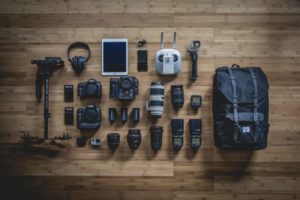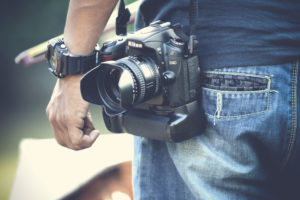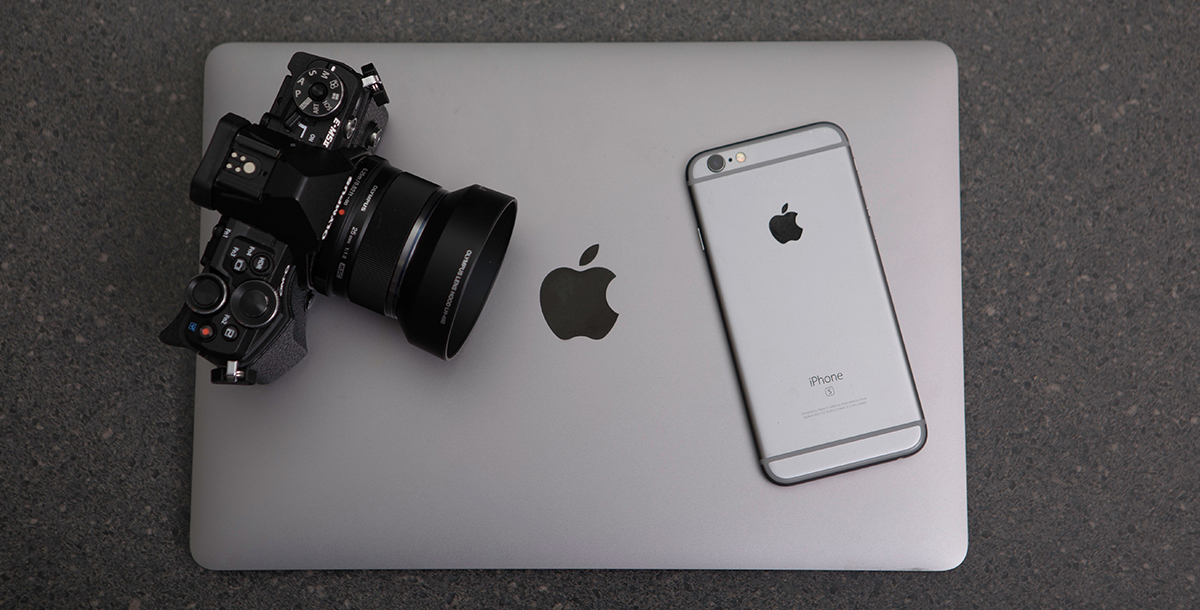How Skilled Photographers Make Small Companies Seem Bigger Than They Are
You’re working hard to grow your company. Your branding is on point and products/services are dialed in, but you’re missing photography and you don’t have a huge budget to do it. You might think you don’t need a professional—maybe you can get away with using your cousin’s boyfriend who just bought a nice camera and will do it for free. Like most things in life, you generally get what you pay for with photography.

Here are some tips to make hiring a professional photographer as painless as possible:
Keep it Simple
Hiring a photographer might sound like overkill, but it doesn’t have to be a big production. Do some research and find one with experience in your category. When you approach them, have a shot list ready to discuss—this will ensure you don’t end up with a ton of images you will never use.
The key to a good shot list and keeping budgets down is separating what you WANT from what you NEED. Beautiful images can’t help you if you don’t have a place to put them. Start your list by writing down each place you want to use an image. Think about what message you want to convey in that medium. Do you want your business to look buttoned-up? Hip? Organized? What sorts of images convey those messages?
Know How and Where You Will Use the Images
Consider how you want your images to integrate with other design elements in your materials. Knowing how things will need to be cropped and what other elements they will be competing with is essential to getting the right shots in the right places.
For example: let’s say you’re picking out the hero image for the home page of your website and you want to use an image of a person with a few lines of text that occupy the center of the frame. If the image you want to use has the subject in the center of the frame as well, you will end up with your text on top of the subject, which isn’t ideal. If you were to plan a shot for that specific layout, it would make sense to have the subject toward the edge of the frame to give the text breathing room or to use an environmental shot that looks good with text on top of it.
Consider a mini-shoot

Let’s say you’re a local coffee shop with a small marketing budget. Your images are going on your website to be used for press and advertising. You could probably get away with using 4 or 5 images for most of your needs. Maybe you have one good shot of the cafe showing how nice it is to be there. Add a close up of some coffee being made, a nice shot of an employee working the counter and a shot highlighting what else makes you unique, and you’re good to go. Using depth of field, lighting and object placement effectively will make the difference between people noticing how cool your shop looks, and people noticing that you have an iPhone 6 with a fisheye lens.
If you absolutely, positively can’t afford a photographer, try stock photography. I guess.
With a myriad of sources and images to choose from, surely you should be able to find some good photos to fit your needs, right? Sometimes. Most of the time, after spending hours searching, you discover that finding the right stock photos for your purposes is harder than it sounds. Because at the end of the day, even if you do find images that suit your needs, the real issue with stock photos is that they tend to look like stock photos.
Since they weren’t shot with your goals in mind, they usually don’t have a cohesive tone, or that extra polish that communicates your brand’s uniqueness. Simply put, stock photos look like stock photos, and tend not to feel authentic because they aren’t.
That being said, sometimes stock photos are a necessary evil and you can find some strong choices if you pay a bit more. The reality is, sometimes you won’t have the time or budget to set up a shoot for every little thing. The key to making this work is being thoughtful about how stock will integrate with the tone of your other photography or design elements.
No matter the choice you end up making, spend some time figuring out your top-tier brand messaging and what you want to communicate with photos. Keep things focused, but don’t be too afraid to have some fun along the way. A good image library can serve you for years, so take the time to get it right the first time and your brand will be better for it.

